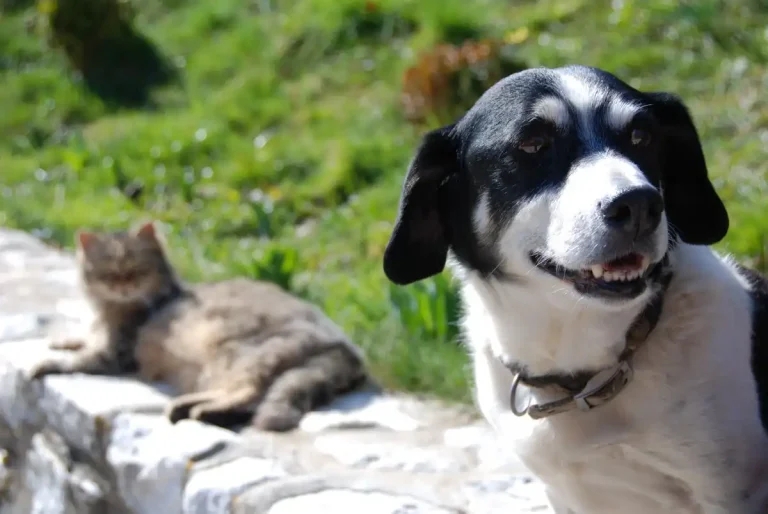17 Nov 2025
New RUMA targets aim for 30% reduction in antimicrobial use for cats and dogs by 2030.

An industry group has announced the first-ever set of goals for national antimicrobial usage (AMU) reduction in companion animals.
The Responsible Use of Medicines Alliance – Companion Animal and Equine (RUMA CA&E) announced its Targets and Measures Working Group had set the objective of a 30 per cent overall reduction in AMU in dogs and cats, measured by defined daily dosage per animal. It is also seeking to reduce the use of highest priority critically important antimicrobials (HP-CIAs) in cats by 50 per cent.
RUMA CA&E aims for both targets to be achieved within five years, which has been welcomed by a range of stakeholders including the BVA, BSAVA and VMD, all of which were among the wide array of organisations that contributed to the working group’s efforts.
Dame Sally Davies, the UK’s special envoy on antimicrobial resistance (AMR), described them as “a bold step that will help preserve antibiotics for future generations”.
In an accompanying webinar, RUMA CA&E secretary general Steve Howard said the working group will be conducting an ongoing review to ensure AMU reduction is not leading to “unintended consequences”.
He added: “This is not about zero use (…) It’s about achieving the right levels for the right reasons, in the right cases.”
RUMA CA&E has identified two condition-specific “in practice focus areas” – AMU in cat fight wounds and abscesses, and in acute canine diarrhoea – to help clinicians work toward the goals, and it will share further focus areas next year.
Data shared in the webinar revealed that AMU reduction progress in cats has “plateaued”, with 36 per cent of usage in cats being HP-CIAs.
Survey data suggested 65% to 80% of vets always or often prescribe antibiotics for cat bite abscesses, but a clinical audit conducted by vet Paul Stanley at White Lodge Veterinary Surgery found 86% of cats with bite abscesses were treated successfully without antibiotics.
Meanwhile, European Network for the Optimization of Veterinary Antimicrobial Therapy (ENOVAT) data showed a mean diarrhoea duration reduction of just seven hours in dogs treated with antimicrobials compared to those without. In line with ENOVAT recommendations, RUMA CA&E “strongly recommend against” usage in dogs with mild or moderate disease, and said it should only be considered in severe cases.
It was further noted that, as well as AMR issues, some antimicrobials can actually cause diarrhoea and damage the microbiome.
Speaking in the webinar, Fergus Allerton, who has helped develop ENOVAT’s antimicrobial stewardship guidelines, suggested vets “harness” the fear of adverse effects caused by antimicrobials to reduce usage.
He said: “We should communicate [adverse effects] to owners. Antibiotics should not be considered as a benign sort of coverall.
“We should be actually using fear as a positive to guide people away from antibiotics and reassuring vets who are frightened of potentially legal repercussions from using antibiotics that actually the governing bodies, people like the RCVS, have our backs on this.”
Working group chairperson Kit Sturgess added: “One of the really key messages is that it’s not negligent not to give antimicrobials. The weight of opinion supports not giving antimicrobials when you’ve done an appropriate clinical assessment of the patient.”